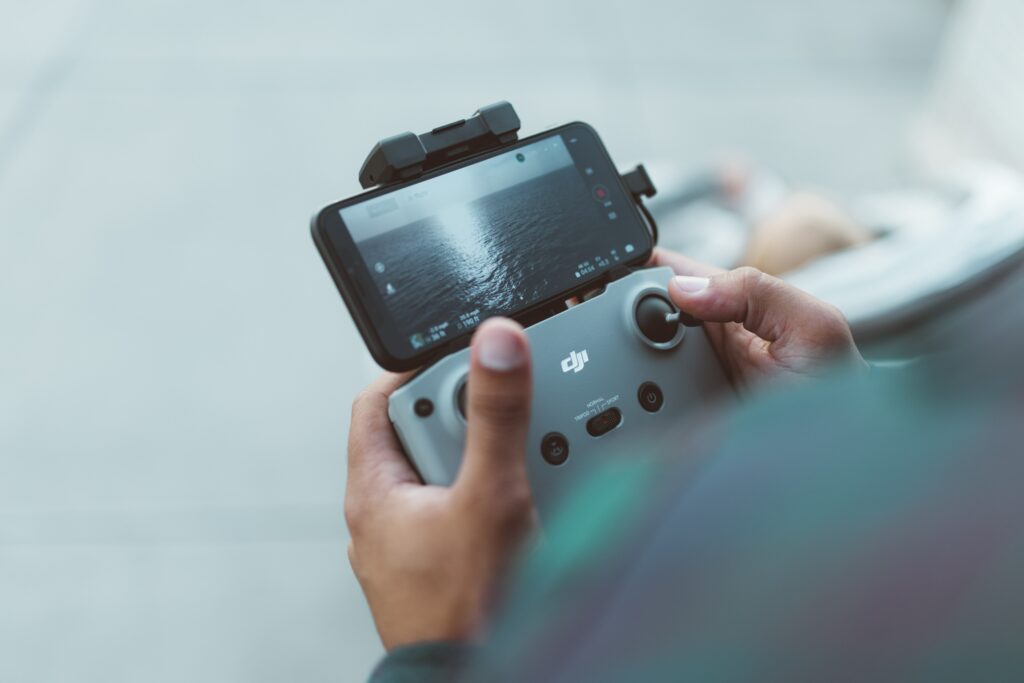Websites, the photographer’s window on the world, but also one of the more tricky and time-consuming things to get right. There are so many options, so many designs, so many things to go wrong. That’s before we even get to cost of running a photography website.
So what are some of the things to look out for, what are the pitfalls? Today we present our 7 best tips for photography websites.
1. Don’t Do It Yourself.
To qualify that, unless you have experience in web design and/or content management systems such as Joomla or WordPress it’s really best not to attempt a website on your own.

So what are the other options? The best and cheapest option for most will be a dedicated website building company. There are companies that are designed for many different types of business such as Squarespace and ones dedicated to photographic sites such as Smugmug and Zenfolio.
These sites will probably cost around $100-200 a year but will allow you to apply your own style to one of their many varied templates. They will also allow for easy e-commerce integration allowing you to sell your work online.
The other option is to pay a web designer to build a site for you. This can be costly but you know you will be getting a unique site designed specifically for your needs.
2. Keep It Simple
Look at any of the top photographer’s websites and you will notice one thing above all else. How simple the design and layout is. There is a reason for this, you are showcasing your photography and you want the site design to enhance your images not detract from them.
Most sites will stay with a simple neutral colour, most often white, black or darker shades of grey. The logo will be prominent but not too big and the menu system, easy to access and not too deep. The gallery pages should show images at a decent size and the viewer should be able to click on any image to view it full screen.

The first page should be clean and give the viewer an immediate impression of the photography contained within the site. Having two to four images cycling on the first page as a slideshow is a good way to do this.
3. Limit Your Portfolio.
If your site is primarily to showcase your work, then make sure your portfolio is showing only the very best of your images. As well as this, take care not to put too many images in your portfolio page. There should be between 15 and 20 maximum. They should be a representation of your creativity, technical skills and the genres that you work in.
The menu link to your portfolio should be very easy to see in the menu hierarchy, it should not be hidden behind a drop-down menu. Other links within the website can be put into logical drop-down menus. For example, if displaying work other than your portfolio, you can categorise these within a secondary menu level.
4. Have An About Me/Us Page
Although you are showcasing your work, you need to let people know who you are. Don’t be too flowery with your biography, avoid words like passion and life, those sentiments should be seen in your images without resorting to highlighting them.
In your bio tell your audience about your style of photography, your inspiration and a little about your history, where you started and how you progressed in photography.

You should also have a contact page, even if you are not selling, people may be interested in how you captured a particular image or style. Avoid putting direct links to your email on your site as this can encourage spam. It is often better to have an email form that people can fill in, you can choose to reply to them directly.
5. Write A Blog.
Blogs are possibly the most powerful way to get your photography website seen. A well-written blog can elevate your site above others but you will need to work at it. You will need to post at least once a week. Your articles should be engaging, SEO optimised and run between 600-1000 words.

There is a huge range of subjects that you can write about from gear reviews to your own personal workflow and post-production tutorials. Not all gallery style sites support the addition of a blog so factor this in when looking for the right company to host your site.
6. Don’t Forget Social Media
Social media drives engagement of websites these days. If you do not add social media icons to your site, you risk losing out in the rankings. All good gallery sites have the option to add social media buttons to your site. There are two types of social media integrations you should have. The first are ones that link directly to your Facebook, YouTube, Instagram and other accounts. This will encourage people to follow you.

The other type of integration is the share button. With this people can share your images or blog posts to their social media accounts, increasing their visibility and driving visitors to your site.
As well as adding social media buttons you should add your website address to your email and forum signatures. The more you can get your site out there, the higher it will rise in SEO ratings. Speaking of which.
7. Do Some SEO
To many, myself included, SEO is a dark art, deep and impossible to fathom. However, it is a multi-layered skill and some low-level SEO is pretty easy to do. You will need to sign up for an analytics site, Google is probably easiest for this. Some of the simple things you can do to boost SEO are linking internally and eternally in your blog posts, sharing images and posts, putting keywords in your articles and adding captions and descriptions to your images.

With a little planning and practice, creating and running your own website can be a very satisfying experience. Knowing that your work is being seen and more importantly is being appreciated will inspire you to do even better work.




